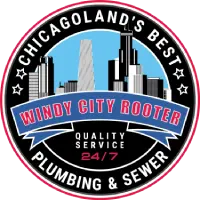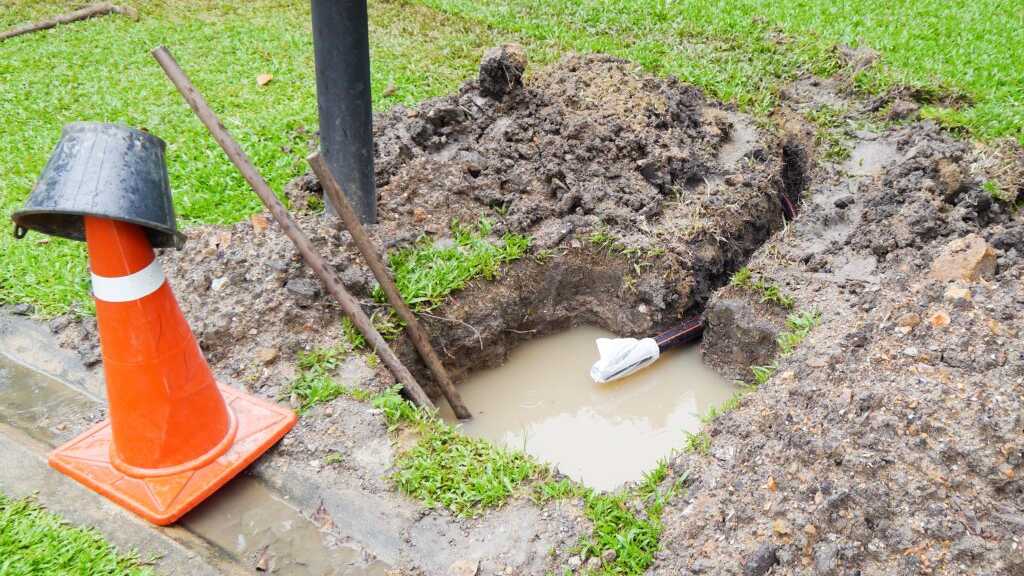Repairing or replacing the sewer line is rarely good news for homeowners. Your sewer line is the most significant drain of your home and is susceptible to clogs with the built-up debris over time. If your sewer line is clogged, the wastewater will back up in your home. This can be bothersome and unpleasant for you. Sewer line replacement becomes necessary if the pipes collapse or are damaged to ensure the continuous flow of wastewater.
How Do Sewer Lines Become Clogged or Damaged?
Sewer lines are pipes that connect your home to the main city sewer or septic tank. As a homeowner, you are responsible for repairing the sewer mainline and repairing any damage. Sewer lines can last a long time, but not without proper care. The leading causes of clogging or damaging sewer lines are:
Shifting Soil
With time, your yard’s soil shifts and impacts your property’s sewer line. This shift can lead to severe damage to the pipe and block the passage of the wastewater. As the pipes are buried in the ground, they are more susceptible to damage from soil shifting.
Tree Roots
Tree roots are attracted to water and nutrient sources such as sewer lines. The roots wrap around the sewer pipes, causing them to weaken and break eventually. This leads to clogging or collapse of the pipes. Clay pipes are very susceptible to tree roots.
Debris
Food, grease, and hair get stuck in the sewer pipes over time. These items are unable to break down, causing clogging of the pipe. Some drain cleaning products can be used to unclog the pipes with minor clogging, but should be used with caution.
Pipe Corrosion
Iron pipes are more prone to corrosion. This is due to the calcium and magnesium built up. Calcium and magnesium are built-up may be due to regular wear and tear. These corroded pipes will lead to leakage and damage.
Solutions for Clogged Sewer Lines and Damaged Pipes
There are multiple methods and techniques to repair yr pipes or sewer line replacement. You must adequately inspect your pipes to know if repair or replacement is required. Here are some of the efficient methods:
1. With Traditional Sewer Line replacement
Sewer line replacement automatically makes you envision large ditches, lots of digging, machinery, and digging up sideways and landscape because traditional sewer line replacement involves lots of digging, removing, replacing, or repairing whole or parts of the pipeline.
Though the digging and heavy machinery look like a disadvantage, the traditional method has benefits. With this, you can thoroughly inspect each pipe and ensure the installation has gone correctly and pipes are placed in proper positions.
2. Pipe Bursting
Pipe bursting is a widespread technique to dig up two holes at the start and end of the pipe. It breaks apart the original sewer line with a bursting head. The bursting head makes holes from the start & end, thus locating the already existing sewer line. With this, the current pipeline line is broken apart, placing a new pipeline.
3. Directional Drilling
Directional drilling involves new tunnel digging for new pipe placement several feet under the existing pipeline. A horizontal drilling machine is used to bore into the ground and drill the entire length of the pipe horizontally. After the drilling, the debris and dirt are removed, and the new pipe is connected to the network. The old pipe is taken out afterward.
4. Sliplining
Sliplining is a modern method of inserting a new pipe within the existing pipeline. The insertion of a pipe can be done in multiple ways depending on the material and length of the pipe. The pipes can be joined and welded in place.
5. Cured-In-Place-Pipe
Cured-In-Place-Pipe, or CIPP, is a seamless, pipe-in-pipe repair system that can fix old pipes. Materials like polyester or fiberglass are inserted into the damaged pipe to reinforce the old pipe or create a new piping system. The resin cures by air pressure or heated water and forms a corrosion-resistant, tight-fitted, jointless replacement pipe.
6. Pipe Repair Clamps
Pipe clamps are highly beneficial for small leaks or cracks in your pipeline. High-performance clamps can be used above or below the ground. These stainless steel clamps are corrosion-resistant and are made of industrial-grade solid materials.
Sewer Line Replacement Process
To identify the issue, you will need a professional plumber. They will inspect your drainage system and your pipes for clogs. If the damage to the pipes is localized, the repair or replacement will be possible with minimal intrusion.
However, sewer line replacement will be needed in cases of total collapse of the pipes or other significant damage. This may require more machinery, digging, and damage to your yard and sidewalks. You should also expect a plumber to come into your home and ensure your faucets and drains are working properly. During the replacement process, you will need to refrain from using water dispensing appliances like dishwashers, washing machines, and faucets.
The Expected Cost of Sewer Line Replacement
It is impossible to associate a specific cost to every sewer line repair and replacement. Cost varies from the issue at hand, geographic location, contractor, and more. However, to give you an idea, the average sewer line replacement costs between $4000 and $7500. Repairs may be less expensive, but again, it depends on a variety of factors.
Conclusion
Though sewer line replacement might look like a burden, with proper management and the highly skilled Windy City Rooter team, it can be done in no time. Call Windy City Rooter for your sewer replacement needs today! Don’t forget to check out our wonderful Google reviews!



